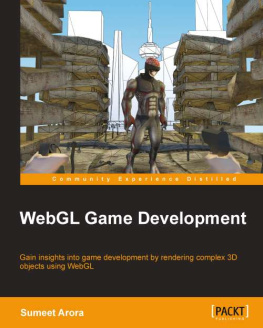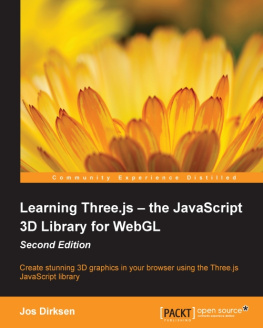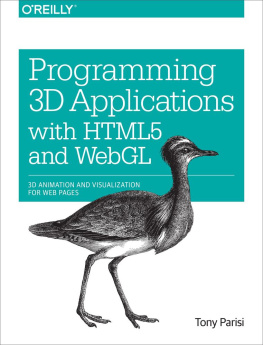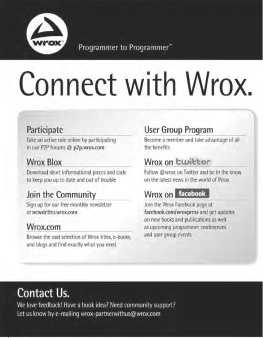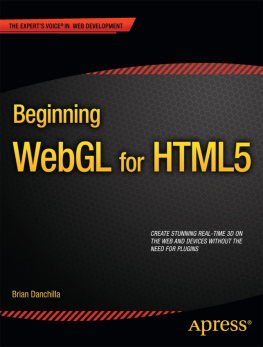Rakesh Baruah - AR and VR Using the WebXR API: Learn to Create Immersive Content with WebGL, Three.js, and A-Frame
Here you can read online Rakesh Baruah - AR and VR Using the WebXR API: Learn to Create Immersive Content with WebGL, Three.js, and A-Frame full text of the book (entire story) in english for free. Download pdf and epub, get meaning, cover and reviews about this ebook. year: 2020, publisher: Apress, genre: Home and family. Description of the work, (preface) as well as reviews are available. Best literature library LitArk.com created for fans of good reading and offers a wide selection of genres:
Romance novel
Science fiction
Adventure
Detective
Science
History
Home and family
Prose
Art
Politics
Computer
Non-fiction
Religion
Business
Children
Humor
Choose a favorite category and find really read worthwhile books. Enjoy immersion in the world of imagination, feel the emotions of the characters or learn something new for yourself, make an fascinating discovery.
- Book:AR and VR Using the WebXR API: Learn to Create Immersive Content with WebGL, Three.js, and A-Frame
- Author:
- Publisher:Apress
- Genre:
- Year:2020
- Rating:3 / 5
- Favourites:Add to favourites
- Your mark:
AR and VR Using the WebXR API: Learn to Create Immersive Content with WebGL, Three.js, and A-Frame: summary, description and annotation
We offer to read an annotation, description, summary or preface (depends on what the author of the book "AR and VR Using the WebXR API: Learn to Create Immersive Content with WebGL, Three.js, and A-Frame" wrote himself). If you haven't found the necessary information about the book — write in the comments, we will try to find it.
Gain an in-depth knowledge in immersive web development to create augmented reality (AR) and virtual reality (VR) applications inside web browsers using WebXR API, WebGL, Three.js, and A-Frame. This project-based book will provide the practice and portfolio content to make the most of what the futures of spatial computing and immersive technology have to offer.
Beginning with technical analysis of how web browsers function, the book covers programming languages such as WebGL, JavaScript, and HTML, with an eye on a complete understanding of the WebXR lifecycle. Youll then explore how contemporary web browsers work at the code level and see how to set up a local development server and use it with the Visual Studio Code IDE to create 3D animation in the WebGL programming language.
With a familiarity of the web-rendering pipeline in place, youll venture on to WebGL abstractions such as the Three.js JavaScript library and Mozillas A-Frame XR Framework, which use WebXR to create high-end visual effects. In the final projects of the book, youll create an augmented reality web session for an Android phone device, and create a VR scene in A-Frame (built on Three.js) to demo essential components of the WebXR API pertaining to user positioning and interaction.
Game engines have become common-place for the creation of mixed reality content. However, developers not interested in learning entirely new workflows may be better suited to work within a medium almost universally open to all--the web; AR and VR Using the WebXR API will show you the way.
What Youll Learn- Master the creation of virtual reality and augmented reality features for web page
- Prepare to work as an immersive web developer with a portfolio of projects in sought-after technologies
- Review the fundamentals of writing shaders in WebGL
- Experience the unity between client, server, and cloud architecture as it applies to location-based AR
Aspiring immersive web developers and developers already familiar with the fundamentals of web development who want to further explore topics such as spatial computing, computer vision, spatial anchors, and cloud-computing for multi-user social experiences.
Rakesh Baruah: author's other books
Who wrote AR and VR Using the WebXR API: Learn to Create Immersive Content with WebGL, Three.js, and A-Frame? Find out the surname, the name of the author of the book and a list of all author's works by series.





